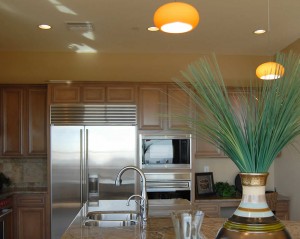Barrier Free Bathrooms
The bathroom has always been considered the most dangerous room in the house. This is due to the inherent danger that a wet floor, and small bathmats cause, along with the need to step over the wall of a shower or an existing bathtub. A barrier-free bathroom will help reduce the risk of slips and falls getting in and out of your shower, and can even be used with a wheelchair if it ever becomes necessary. When equipped with things such as shower chairs and safety grab bars, your roll in shower will provide long-term comfort and peace of mind.
Whether you are first-time homeowners, empty nesters, or moving in an elderly parent, everyone in your household will benefit from the addition of a barrier-free shower. The size, shape, and style of these user-friendly showers are limited only by your imagination, budget, and available space. Envision airy and open wet rooms equipped with spa-like fittings, colorfully tiled walk-in showers for two, or prefabricated units dressed with a pretty shower curtain.
Bathe Safe Remodelers offers both durable fiberglass shower units and custom built barrier-free showers using your existing bathroom layout with your choice of materials(tile, room accents).
We offer accessible showers, shower pans and easy step showers for residential use and ADA showers for commercial projects.
Barrier-free showers are easily entered by people in a wheelchair or shower chair offering independence and comfort for adults and children with disabilities.
An Accessible Shower stall has the shower floor at the same level (or with a slight rise) with the bathroom floor allowing easier mobility for all users.
A barrier-free showers is versatile so the whole family can enjoy bathing in their roll-in and walk in shower.









